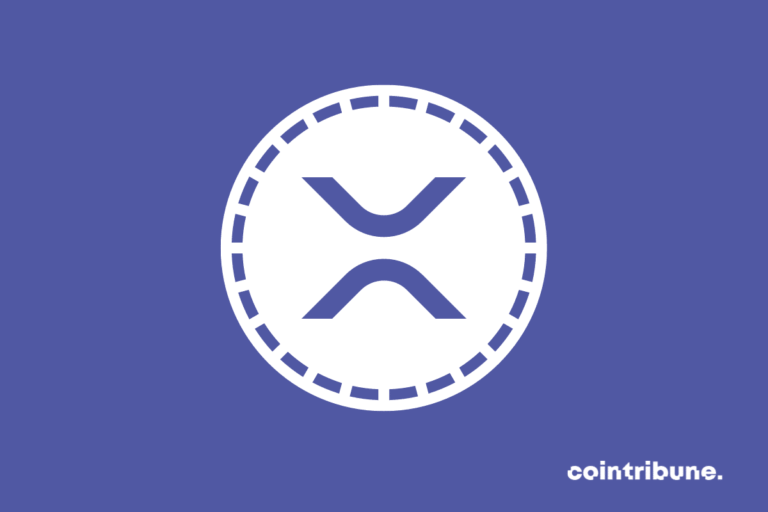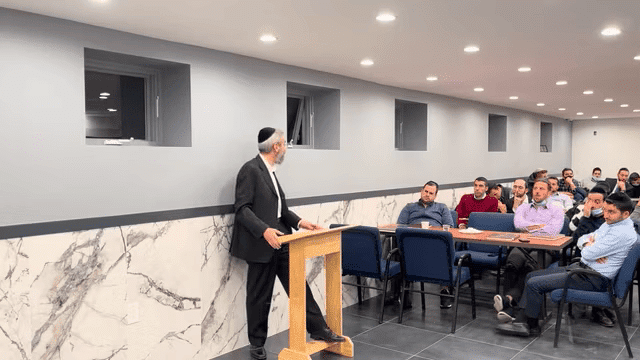
Binance Blockchain Week was also an opportunity to discuss the correlation between decentralized finance (DeFi) and traditional finance (TradFi). During this event, Pakning Luk (Binance), Adrian Tan (Binance), Danny Chong (Tranchess), Sylvain Prigent (SG Forge) and Jeremy Firster (Cardano Foundation) did not hesitate to give their opinion on the matter.
How can the dynamic between DeFi and TradFi evolve?
Decentralized finance was introduced through cryptocurrencies. It came to improve the process of traditional finance. Consequently, the general tendency puts forward an opposition of these two systems. That said, many entities attempt to bridge these two universes.
Indeed, DeFi is increasingly integrated into the processes of TradFi companies. In this case, financial institutions such as JP Morgan, Visa and Mastercard which have already developed crypto solutions. And this is confirmed! According to these experts, in the long term, decentralized and traditional finance should converge through partnerships. However, this rapprochement will go through the regulation of the DeFi ecosystem.
In this vein, Jeremy Firster, said that regulation is a major issue within the crypto Cardano. This, insofar as it makes it possible to guarantee a certain stability, to increase competitiveness and to make the value chain more fluid. Firster sees it as more than just going up against DeFi and TradFi. But rather to question how traditional finance can exploit the blockchain to have a positive effect on society. From this point of view, NFTs are for him a perfect model for promoting blockchain at the service of the community.
Often overlooked, this idea of improving everyday life thanks to the blockchain remains one of the major objectives of the ecosystem.
What levers should be used to ensure cohesion between the two?
For these stakeholders, the development of financial solutions involving tokens is an interesting way to reconcile these two approaches. Moreover, SG Forge (an entity of the Societe Generale group) is currently trying to diversify its offer through security tokens backed by MakerDAO. In addition, the French bank aims to develop these infrastructures, so that it can make digital assets available to its customers.
One can also imagine applications such as split bonds, or mechanisms for processing and monitoring transactions involving a large flow of data. Moreover, the cohesion between DeFi and TradFi requires the establishment of gateways. Their purpose is to ensure the correspondence of conventional assets with decentralized finance, and vice versa. Another possible springboard concerns the payment systems of fiat-crypto.
But above all, the network infrastructures must be sufficiently developed to generate added value. That said, the need to create spaces for reflection, awareness and education should not be overlooked.
Finally, it is likely that the adoption of stablecoins is facilitated by habitual consumption patterns. It is therefore essential to envisage a framework in anticipation of massive membership.
Receive a digest of news in the world of cryptocurrencies by subscribing to our new service of daily and weekly so you don’t miss any of the essential Tremplin.io!






